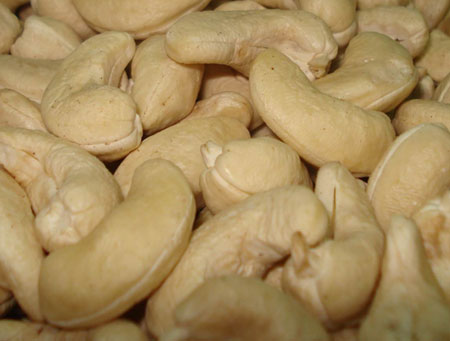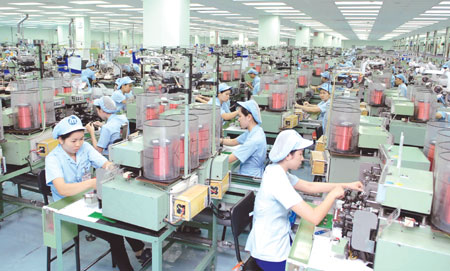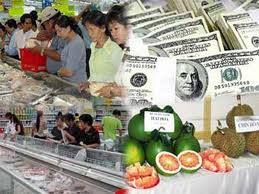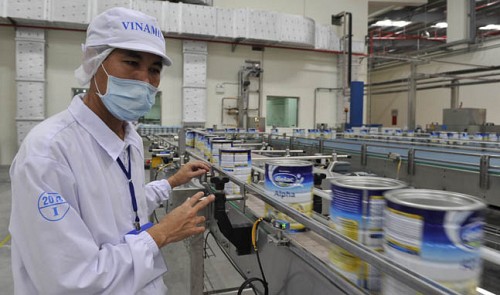H1 cashew exports increase in volume and value
H1 cashew exports increase in volume and value
Viet Nam hopes to ship 95,000 tonnes of cashew in the second half of the year, bringing the year's total to 210,000 tonnes, an increase of five per cent over last year, according to the Viet Nam Cashew Association (Vinacas).

Speaking at a conference held in HCM City last Saturday to review the industry's first-half performance, Dang Hoang Giang, Vinacas general secretary, said some 115,000 tonnes of cashew worth US$716 million was exported in the first half of the year.
This was a year-on-year increase of 30.3 per cent in volume and 18.8 per cent in value, he said.
However, the average export price for the period was $6,185 per tonne, down 9.46 per cent against the same period last year, he said.
The US remained the biggest importer of Vietnamese cashew, followed by China, EU and Australia.
Giang said cashew businesses have encountered many difficulties in the first half of the year, including shrinking output and a shortage of working capital.
Cashew output last year was just 264,810 tonnes, compared to 301,730 tonnes in the preceding year. The output for this year would be even lower, he said.
For the second half of the year, there are both positive and negative signs for the cashew industry, he added.
Regarding the negative aspects, Giang said the world economy had been recovering very slowly from the prolonged slump.
In addition, "India recently raised its import duties on cashew nut, causing difficulties for Vietnamese exporters."
But the appreciation of the US dollar against the Vietnamese dong and the stimulation packages launched by big markets like the US, Japan and the EU to increase local consumption were positive factors, he said.
Vinacas forecasts that demand for cashew in the world market will increase from now to the end of the year, given that many festivities take place during this period.
Raw material imports
To meet its export target, Viet Nam would need to import about 180,000 tonnes of raw cashew in the remaining months of the year for processing, Giang said.
Domestic processing companies imported 220,000 tonnes of raw cashew in the first half of the year, up nearly 88.9 per cent from the same period last year, mostly from Cambodia, Ivory Coast, Ghana, Nigeria, Guinea Bissau and Indonesia.
Nguyen Van Chieu, Vinacas deputy chairman, said Viet Nam can currently process more than 800,000 tonnes of cashews a year, but local supply accounts for less than half this capacity.
As a result, the country had to import a large volume of raw cashew from other countries, he said.
However, representatives of enterprises have complained about the poor quality of imported raw cashew, especially from Africa, saying they were mixed with contaminants including cashew skins, rotten branches and cashew sprouts, Vinacas chairman Nguyen Duc Thanh told the conference.
The country must have regulations to control the quality of imported raw material, Thanh said.
The association had agreed to establish a council to provide consultancy services on raw cashew imports, he added.
Chieu said the council would work to reduce and prevent risks involved in raw material imports.
The results of a two-year review on the use of machinery in processing cashew were also presented at the meeting.
The report says that overall, higher economic efficiency has been achieved through reduction in costs and time, as well as improved product quality.
Cashew enterprises should focus on improving their production technology even further in order to ensure their sustainable development, the report says
vietnamnews





















